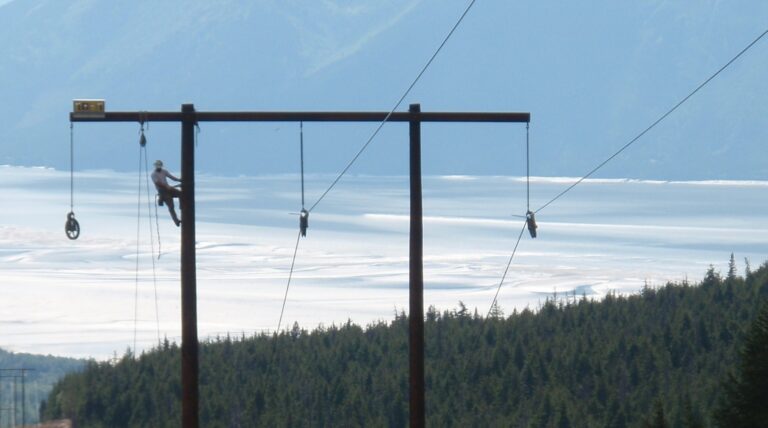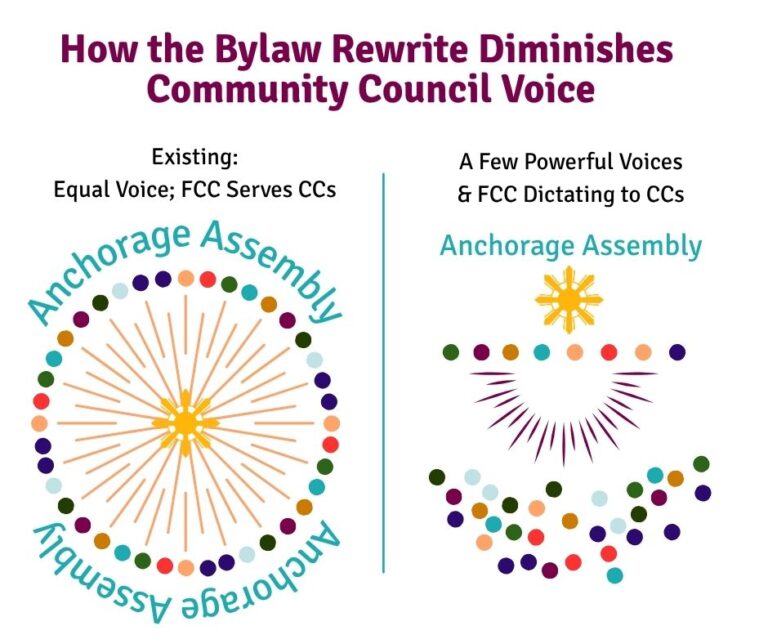The People of Alaska vs The Legislature
Part IX: The Constitutional Trust Relationship: The State as Trustee, The People as Beneficiaries
By Michael Tavoliero
Alaska’s Constitution establishes a public trust framework for natural resources and their proceeds. Article VIII, § 1 declares that natural resources “are to be utilized, developed, and maintained for the maximum benefit of the people.” The phrase “the people” is not rhetorical; it identifies the beneficiaries of the trust. The State, in turn, is assigned the role of trustee, obligated to manage resources and proceeds in the beneficiaries’ interest.
Alaska State Constitution
This fiduciary structure is affirmed in several constitutional mandates:
- Article VIII, § 2 requires that resource policy be directed to benefit the people as a whole.
- Article VIII, § 4 requires sustained-yield management to prevent waste and preserve lasting benefit.
- Article VIII, § 12 authorizes leasing of resources but does not authorize alienation of beneficial ownership.
- Article IX, § 15 establishes the Permanent Fund to retain a portion of resource revenue for the people in perpetuity.
The Permanent Fund is therefore not general revenue of the State. It is a sovereign trust corpus, constitutionally created, and dedicated to a defined class of beneficiaries: Alaska citizens.
This aligns with other trust responsibilities the State is required to honor, such as the Mental Health Trust lands, University and municipal trust lands, and numerous federal–state resource compacts, where the State is not free to treat trust assets as discretionary revenue or to divert them to unrelated governmental purposes.
Alaska Caselaw
In each context, Alaska caselaw holds that when the State administers property dedicated to a specific beneficiary class, it must preserve the corpus, protect the income for the beneficiaries, act with loyalty and neutrality, and restore assets if they are misapplied. The Permanent Fund fits squarely within this family of constitutional and statutory trusts: it was created to preserve nonrenewable resource wealth in perpetuity and to distribute the ongoing income from that wealth to the beneficiaries identified in Article VIII, the people.
Just as the State may not raid school trust lands for general spending, may not divert Mental Health Trust assets to balance a budget, and may not privatize tidelands in ways that impair public rights, it likewise may not convert Fund earnings into unrestricted general revenue merely because it is politically expedient. The Fund’s earnings, like the earnings of any trust corpus, remain trust income. The beneficiaries, Alaskans, possess the equitable interest. And the State, as trustee, owes fiduciary duties of prudence, loyalty, care, and impartiality in administrating those earnings.
The Permanent Fund Dividend is the mechanism through which the State has historically discharged those duties by returning a portion of the trust’s income to all beneficiaries equally. When the State diverts income to fund general operations, it treats a sovereign trust like a savings account; something Alaska’s courts have repeatedly rejected in every other trust context.
In this way, the Permanent Fund is not an exception but a continuation of the State’s longstanding obligation as trustee with responsibilities to protect the corpus, to direct income to the people, and to resist repurposing trust assets for itself.
State v. Weiss
In State v. Weiss, the Alaska Supreme Court held that where the State holds assets in trust for defined beneficiaries, it must preserve the trust corpus and may not unilaterally redesignate or remove assets for its own fiscal convenience.
The fiduciary nature of the State’s obligation is defined by these Alaska Mental Health Lands Trust cases. There, the State diverted resources dedicated to a trust purpose into unrelated governmental expenditures. The Supreme Court held that such diversion violated the State’s fiduciary obligations and required restoration of both the trust corpus and the trust benefit. See State v. Weiss
The court confirmed three controlling principles:
- The State is not the beneficial owner of trust assets. It holds them in fiduciary capacity.
- Beneficial interests cannot be unilaterally diminished for general revenue use.
- When the State diverts trust income or fails to distribute trust benefits, the remedy is restoration, not discretion.
The Principles Compromised by a Reduced PFD
The Permanent Fund Dividend, as a distribution of trust earnings to the constitutionally identified beneficiary class, falls squarely within this framework. While the corpus of the Fund itself is constitutionally protected, its earnings, once realized, are held for the benefit of the people, not for the expansion of government operations or to relieve appropriations pressure elsewhere.
Thus, when the State:
- Withholds or reduces the Dividend to finance government spending, or
- Treats Permanent Fund earnings as general revenue rather than trust income, it breaches its fiduciary obligations to the beneficiary class.
This breach is not procedural, but structural:
| Trust Principle | Result of Reduced PFD |
| Beneficiaries must receive trust income: | Denied |
| Trustee must not divert purpose of trust assets: | Violated |
| Trustee must act with loyalty to beneficiaries: | Compromised |
| Trustee must preserve both corpus and benefit: | Breached |
The State’s shift from the original statutory formula to a politically manipulated, annually appropriated Dividend is tantamount to taking beneficiary income for discretionary use, contrary to trust doctrine.
This breach triggers two well-established remedies under Alaska law:
- Restoration of the diverted benefit (as in the Mental Health Trust cases), and
- Judicial confirmation of the beneficiaries’ possessory right, analogous to quiet title where beneficial possession is long-settled and legally recognized.
Conclusion
Alaska’s Constitution and Supreme Court rulings establish that the Permanent Fund and the Permanent Fund Dividend are not merely fiscal tools; they are components of the State’s public-trust system. Article VIII identifies the people, not the government, as the beneficiaries of Alaska’s resource estate, while Article IX, § 15 creates the Permanent Fund as a trust to preserve a portion of that estate for residents in perpetuity.
When the State administers assets for a defined beneficiary class, it must observe its obligations as trustee. Because the Permanent Fund holds citizen resource wealth, and PFD earnings are directed to constitutionally defined beneficiaries, these programs are subject to Alaska’s public-trust doctrine. When the State re-directs Fund earnings to finance government operations, it does not exercise ordinary budget discretion—it breaches the fiduciary duty imposed by Alaska’s constitutional trust structure.
The Great Debate Complete Series
Check out previous articles in The Great Debate: The People of Alaska vs the Legislature:
Part I: Inflation-Proofing: Where’s the Problem?
Part III: The 49 Forward Plan Takes the Permanent Fund Backwards
Part IV: The PFD and the Search for Wisdom
Part V: Ghost Busting: Dispelling Anti-PFD Phantoms
Part VI: The People’s Possession: Alaska’s Ownership of the Permanent Fund Dividend
Part VII: The People’s Constitutional Covenant and the Quieting of Title
Part VIII: The Constitutional Intent of Alaska’s Resource Wealth







